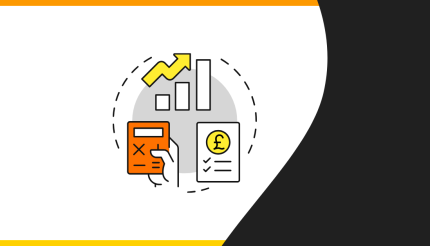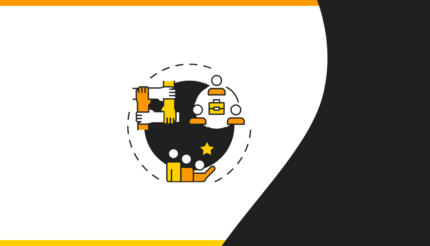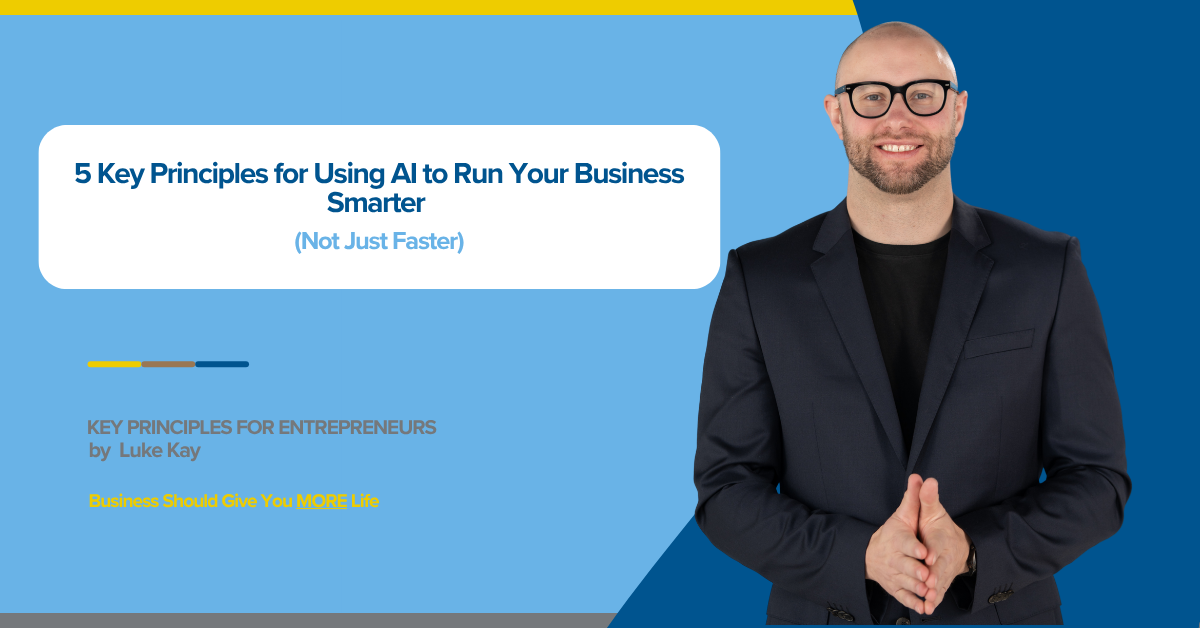
AI isn’t just the next big thing…
It’s already changing how smart business owners save time, cut costs, and make better decisions. The question is: Are you using it, or falling behind?
Let’s get one thing straight:
AI won’t replace you. But it will replace business owners who don’t learn how to use it properly.
This isn’t about turning your company into a tech empire. It’s about using simple AI tools to make your business more efficient, more profitable, and less reliant on you.
Let’s break down the 5 key principles that will help you work smarter, not harder—with real UK business examples showing exactly how it’s done.
Key Principle #1. Automate the Repetitive, So You Can Focus on Revenue
Most business owners are drowning in low-value tasks—emails, reports, scheduling, admin. AI gives you the power to automate the stuff that slows you down, so you can focus on what drives profit.
Start by asking: What tasks do I repeat daily or weekly? Can AI handle this faster, cheaper, or more consistently?
Whether it’s using AI for customer service, marketing emails, or invoice reminders—freeing up your time is the first step to scaling.
Key Principle #1 Case Study: Barking Mad (Dog Boarding Franchise)
To reduce time spent on admin, Barking Mad’s head office implemented AI-driven scheduling and booking tools. Franchise owners saved hours per week, allowing them to increase client load without adding new staff—boosting profitability across the board.
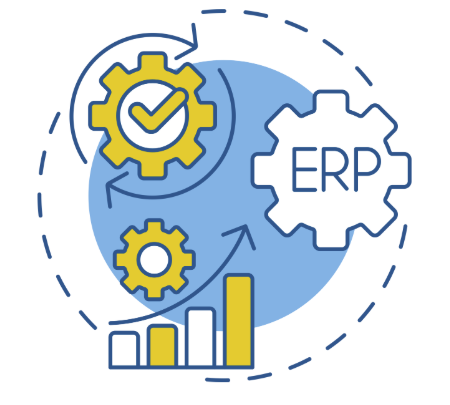
Key Principle #2. Use AI to Make Smarter Decisions, Not Just Faster Ones
AI isn’t just about speed. It’s about clarity.
With the right tools, you can spot trends, flag risks, and make more profitable decisions—before your competitors do.
For example, AI dashboards can analyse your cashflow, show which products are underperforming, or predict when customers are about to churn. The result? You’re not guessing—you’re steering.
Key Principle #2 Case Study: Allplants (Plant-based Food Delivery)
Allplants uses AI to track buying patterns and forecast demand. By matching production with real-time trends, they’ve slashed food waste and increased profit margins—while giving customers more of what they want, faster.
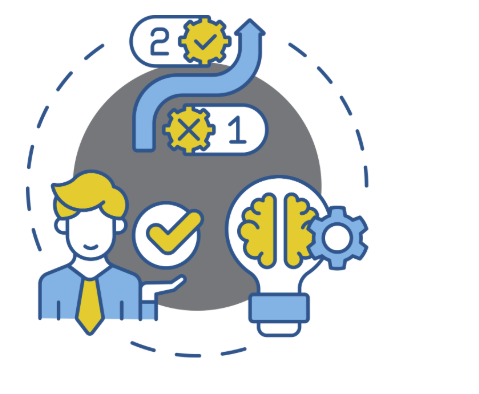
Key Principle #3. AI Won’t Fix Chaos—It Will Multiply It
Here’s the trap: if your business is disorganised, and you try to “add AI” without fixing the basics, you’ll just speed up the chaos.
Before using AI tools, systemise what you’re doing manually. Tighten your processes. Define your customer journey. Then use AI to amplify what already works—not add noise to what’s already messy.
Key Principle #3 Case Study: Create Fertility (Private IVF Clinics)
When Create Fertility tried to scale up digital bookings with AI, they ran into issues—because their manual system wasn’t mapped out properly. After refining their processes, they reintroduced the AI and reduced booking errors by 80%, improving the patient journey and bottom line.
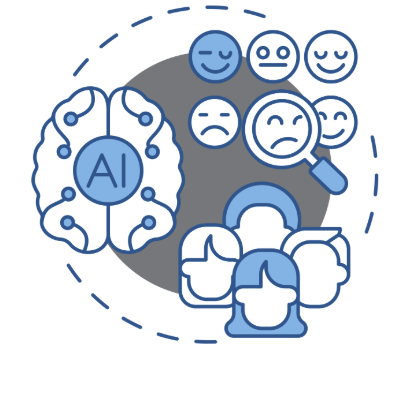
Key Principle #4. Use AI to Improve Customer Experience (and Keep Them Spending)
AI isn’t just for back-end tasks. It can massively improve how customers experience your brand. Think personalised product suggestions, automated follow-up messages, or AI chat that solves problems in seconds.
The goal? Keep customers engaged, impressed, and coming back. Every positive experience = a longer customer lifetime value.
Key Principle #4 Case Study: Bloom & Wild
The flower delivery brand uses AI to personalise suggestions based on previous orders, occasions, and even buying behaviour. This smart upselling has increased average basket size and dramatically improved customer retention—without lifting a finger.

Key Principle #5. Don’t “Do AI”—Build It Into the Way You Work
Here’s where most business owners go wrong: they treat AI like a shiny new tool, test it for a week, and forget about it.
The businesses that win are the ones that embed AI into their daily operations. That means choosing tools that save time every single day—email summaries, automatic lead scoring, task assignment, trend analysis, and more.
Train your team. Make it part of your SOPs. Review and improve it quarterly.
Key Principle #5 Case Study: Capify (SME Business Finance)
Capify built AI into their loan processing workflows, using machine learning to speed up approvals and identify risk. Not only did this cut turnaround time by 40%, but it also improved lending decisions—leading to fewer defaults and more profit.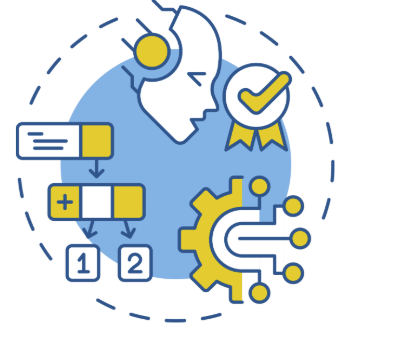
5 Smart Moves You Can Make This Week
- Identify 3 repetitive tasks you could automate with AI
- Trial an AI tool for financial reporting or forecasting
- Review one area of your customer journey that could be AI-optimised
- Clean up one key process before layering on automation
- Block 1 hour to explore an AI tool and plan how to embed it properly
Remember: AI isn’t the strategy. It’s the accelerator.
Get the foundations right—and you’ll scale faster, smarter, and more profitably than ever.
Take Action
Want Help Systemising Your Business Before You Automate?
If you’re ready to use AI to grow, but your business feels messy or reactive, let’s fix that first.
Book your FREE 30-minute Business Discovery Call. We’ll pinpoint the manual time-wasters, map your biggest automation opportunities, and build a simple plan that delivers real profit—not just hype.
Join an Event
Business can be lonely when no one around you really gets the pressure, the decisions, and the constant spinning plates. That’s why we run regular events as part of our Entrepreneurship Academy and 1-2-1 Business Coaching Programmes—to bring ambitious entrepreneurs together.
Whether you come to one of our monthly half day MasterCLASSes or a much more in-depth full day 90-Day Planning Workshop, you’ll get fresh strategies backed by ActionCOACH’s proven systems, honest conversations, and a supportive environment that actually moves the needle.
No sales pitch—just a powerful session that could change the game for you.


